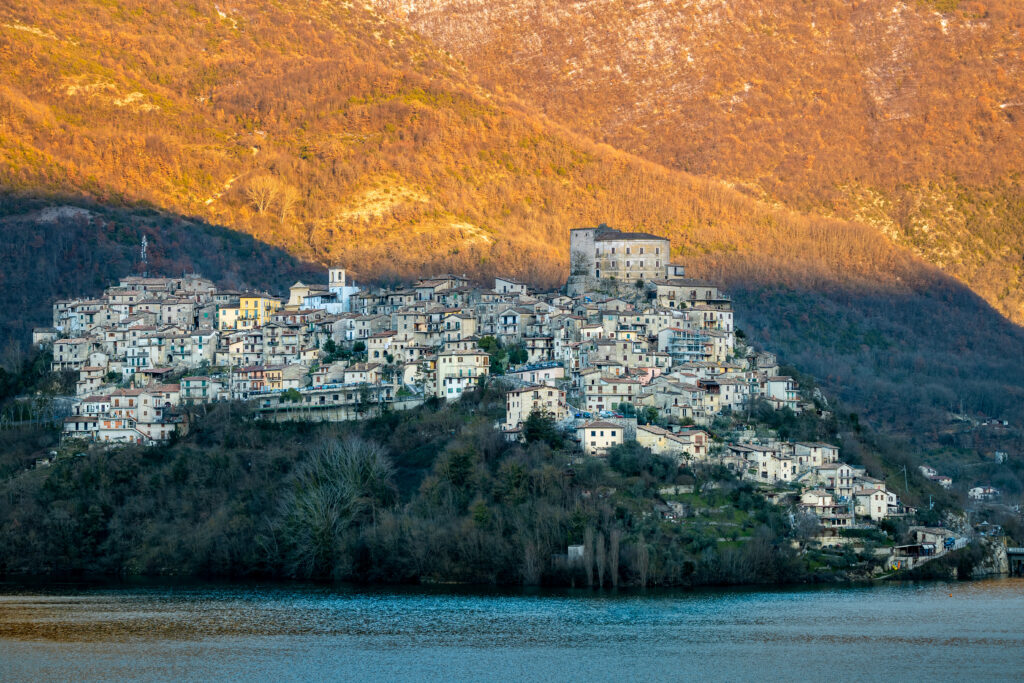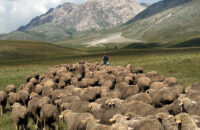Winter can turn into the ideal season for traveling and discovering new places. If you then think ofAbruzzo, nestled between the majestic Apennines and the blue Adriatic Sea, you can experience an extraordinary biodiversity that makes every corner of this land a true paradise for lovers of nature as well as history.

The natural landscapes and sparsely animated villages perched mostly in the mountains show an authentic and unfiltered soul, made up of silences and slow life where one can really enjoy quiet and relaxation even in rather low temperatures. In winter, the region turns into an ideal destination for lovers of snow and winter sports, thanks to the presence of ski resorts, but it is also true that the region offers unique experiences for those who would like to visit the most charming historic villages.
We suggest 4 must-see destinations, one for each province, to experience places seemingly standing still in time, but most importantly to discover authentic flavors:
Santo Stefano di Sessanio is a quaint medieval village that has remained unchanged over time, located at 1250 meters above sea level within the Gran Sasso and Monti della Laga National Park. The village is among the least populated municipalities in the province of L’Aquila and in the entire region. It is the village where Italy’s first albergo diffuso was born, that is, where houses were converted into lodgings to accommodate tourists and visitors, thus saving it from the strong phenomenon of emigration and reviving even small stores. Also known for being the ‘town of lentils,’ an excellence of the area. Not far from Santo Stefano one can visit the ruins of the highest castle in the Apennines, 1460 meters above sea level: Rocca Calascio, among the most photographed destinations in Abruzzo. Its location, isolated among the mountains, flanked only by the beautiful Renaissance church ofSanta Maria della Pietà, offers breathtaking views, especially during winter days. Following renovations in the 1980s, the castle can now be visited free of charge. From here it is also possible to admire one of the most striking views in Abruzzo, encompassing the main mountain groups of the Apennines: to the north one can see the entire Gran Sasso chain, to the southeast the Majella and to the southwest the Sirente-Velino.
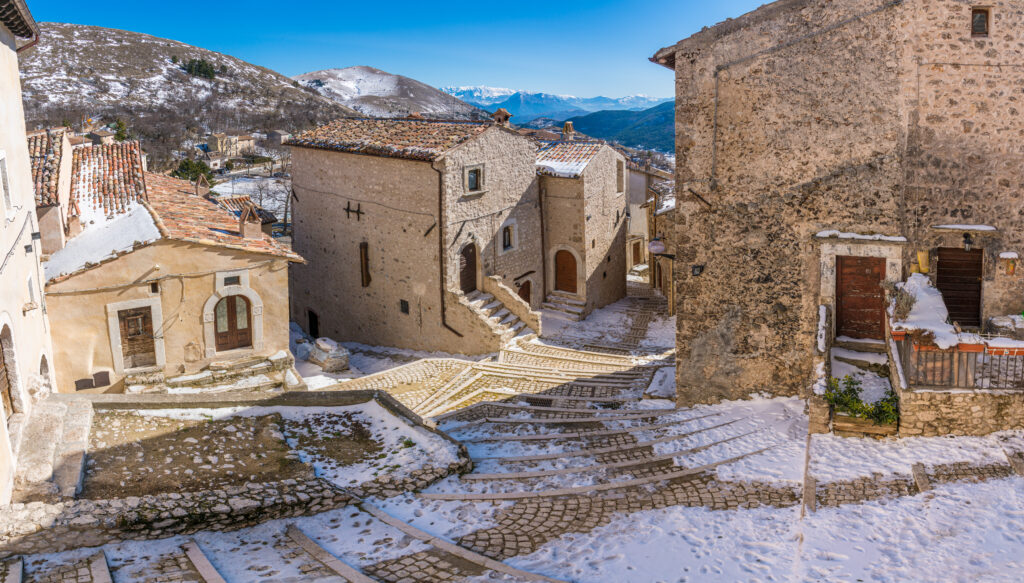
Penne: is one of Italy’s Most Beautiful Villages, in the province of Pescara, and is located in a hilly position equally distant from the Adriatic Sea and the Gran Sasso massif. A pre-Roman city, it was the very ancient Pinna, capital of the Italic population of the Vestini, its historic center is set above two hills: Colle Sacro can be found the Cathedral of St. Maximus and St. Mary of the Angels, the church of St. Augustine and the complex of St. John the Baptist; going up the course one arrives at Colle Castello, where, on the other hand, the Piazzetta Santa Croce with its church and the Corso dei Vestini can be found, where numerous noble palaces, such as Palazzo Aliprandi, Palazzo De Cesaris, Palazzo Scorpione, and Palazzo Margarita d’Austria, face each other. The use of brick, present in all buildings and in the remains of some flooring, has given Penne the title of Brick City. Not far from the town is the “Lago di Penne” Nature Reserve, a natural gateway to the Gran Sasso and Monti della Laga National Park.
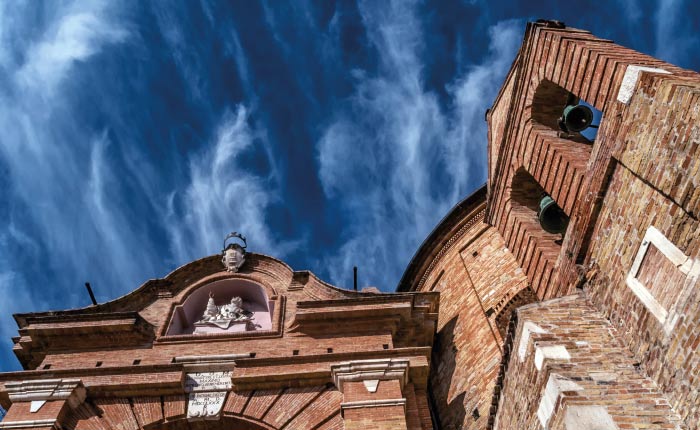
Campli: A town of art, culture and ancient treasures, it is one of the most important centers in the province of Teramo, boasting ancient origins, evidenced by the discovery of tombs at the Necropolis of Campovalano, used from the 12th to the 2nd century B.C., and also of several coins. The village knew its heyday in the Middle Ages, and is rich in medieval and Renaissance buildings of great beauty: the Cathedral, once the Cathedral Church, the House of the Physician, the Convent of St. Francis now home to the National Archaeological Museum, the Palace of Parliament, also called Farnese, dating back to the 14th century and becoming the current seat of the Town Hall (one of the oldest buildings in Abruzzo), the Church of S. Peter in Campovalano (12th-13th century), the Angevin Gate in Castelnuovo and the Melatino Tower in Nocella. An attraction of the village is above all the Sanctuary of the Holy Staircase, which attracts thousands of devotees every year and to which in 1772 Pope Clement XIV granted the same indulgences as the famous Holy Staircase in Rome. The staircase, surrounded by a mystical place of unexpected beauty, consists of 28 steps made of olive wood to be climbed strictly on one’s knees to obtain the remission of sins. In addition to having a high religious value, the shrine is also an artistic and cultural cradle, thanks to the presence of a 16th-century portal, ceiling frescoes, statues and especially the Sancta Sanctorum chapel, the true jewel of the structure.
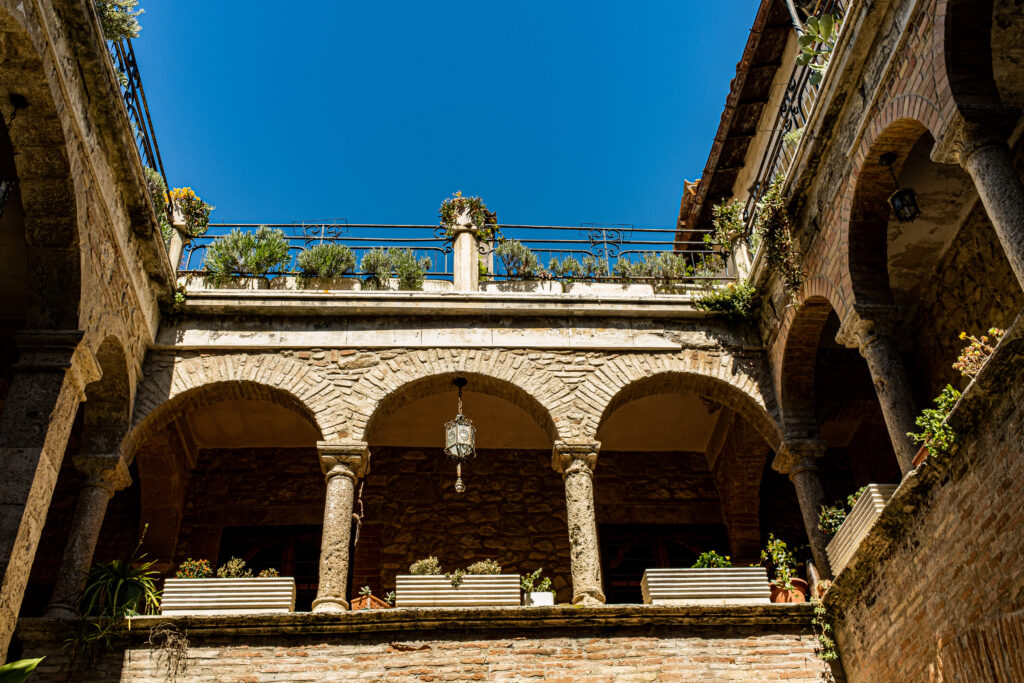
Roccascalegna: In the hinterland of the province of Chieti is a charming village, famous for its castle built on a rocky outcrop that dominates the surrounding area from above. At the foot of the castle, a small medieval village has sprung up over the years, characterized by narrow streets, stone houses and ancient buildings. Walking through the historic center, it is easy to come across various belvederes, natural terraces from which various views can be enjoyed, including one that shows the Maiella Mountains. Near the Castle, then, it is possible to visit the ancient Church of St. Peter, said to be the oldest in the town, apparently completed in the mid-16th century; another church worth visiting is that of St. Pancrace, built around the 12th century, or the Church of Saints Cosmas and Damian, built in the 16th century for the townspeople who lived outside the town walls.
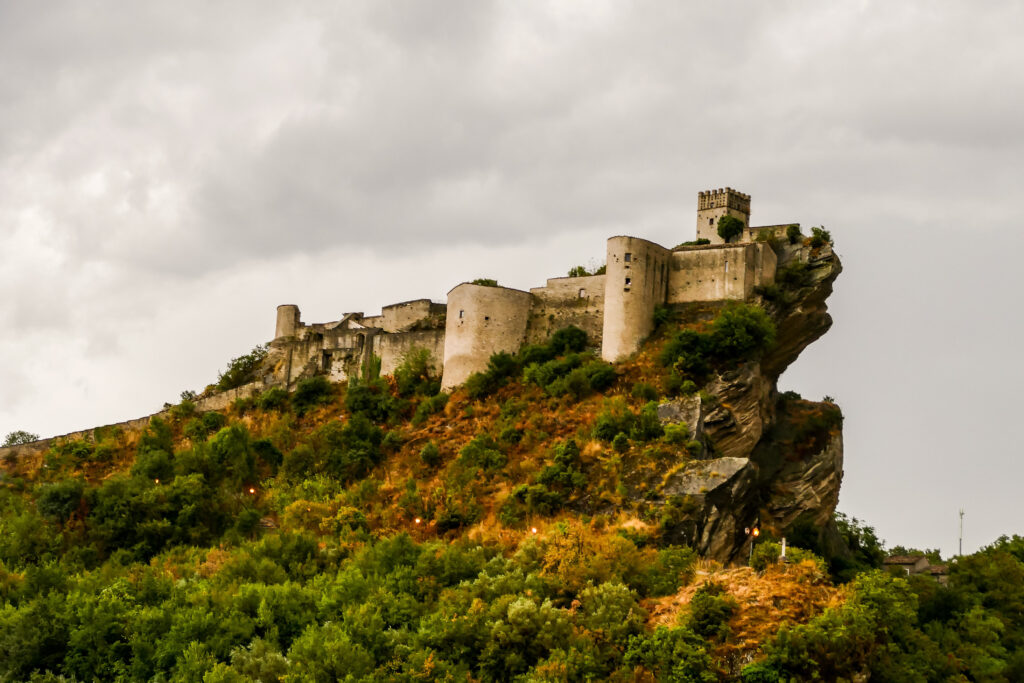
For those who, on the other hand, do not want to stray too far from the capital, taking the A24 highway and exiting at the Vicovaro-Mandela tollbooth, you can visit the small town of Percile, with just over 200 inhabitants. It is nestled within the Monti Lucretili Natural Regional Park and retains the characteristic medieval village appearance made up of stone houses, a 16th-century parish church that is one with the adjacent Palazzo Borghese where the nobles’ chapel once resided. Strolling through the center one can find the church of Santa Maria della Vittoria, dating back to the 12th century, with an attached hermitage that is in some parts Gothic in style. Entirely located in the territory of the Municipality of Percile are two small lakes, an oasis made up of forests, clearings and unspoiled nature trails.
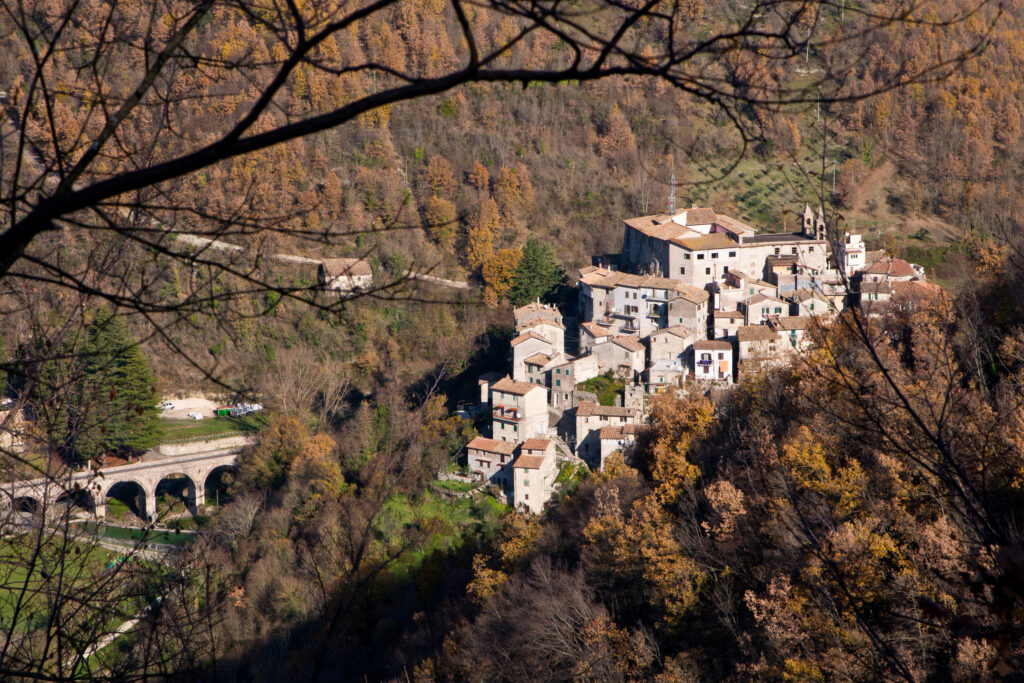
On the other hand, exiting at the Carsoli/Oricola toll booth, one can easily reach another gem that is among the Most Beautiful Villages in Italy: Castel di Tora . A small Italian municipality of about 300 inhabitants in the province of Rieti, located in the Turano valley, it is mirrored from the northeastern shore in Lake Turano, of artificial origin. The town has its own evocative appearance reminiscent of its past, with its well-preserved historic center, which still retains the appearance of an authentic medieval village: one can find the cobbled streets, winding alleys and old stone houses that together create an evocative and charming atmosphere. Walking through its streets, you can discover ancient portals, arches and hidden courtyards that tell the history of the place.
